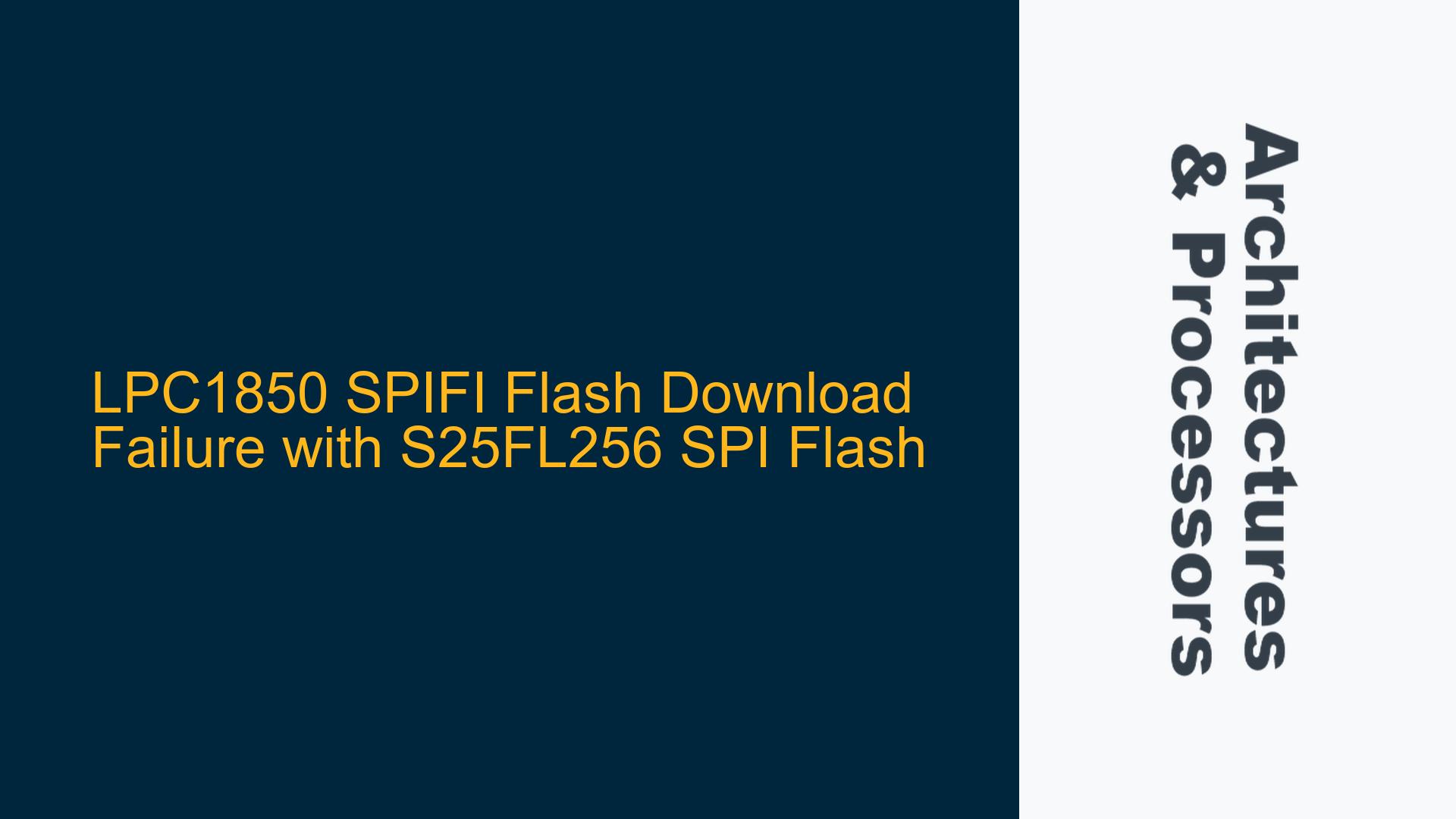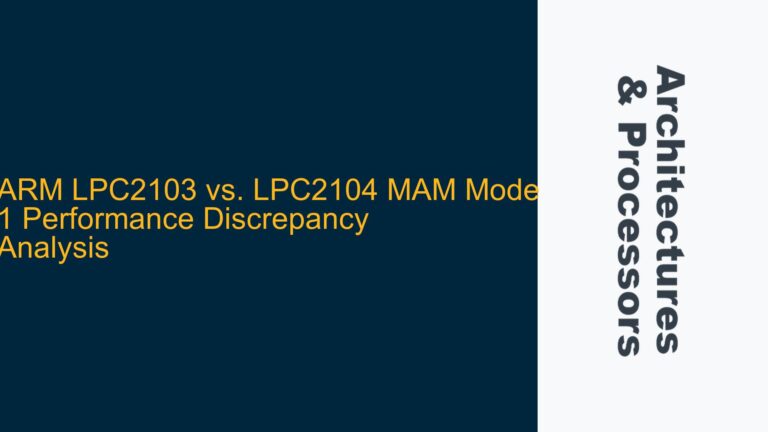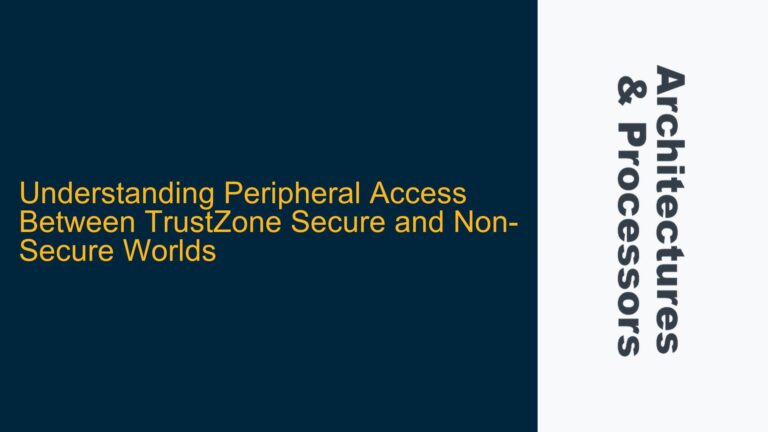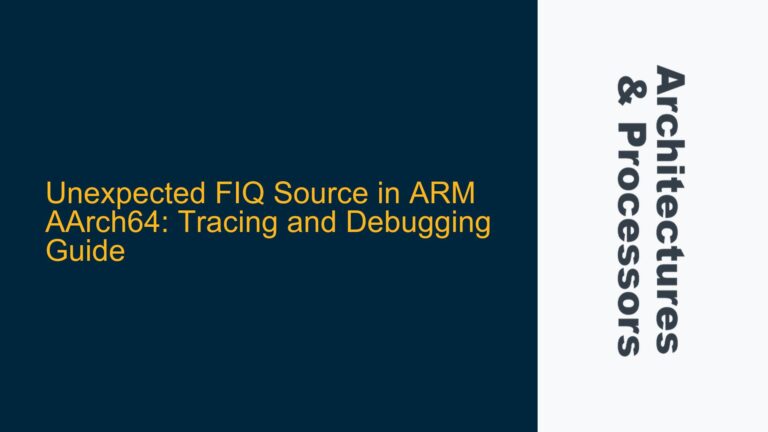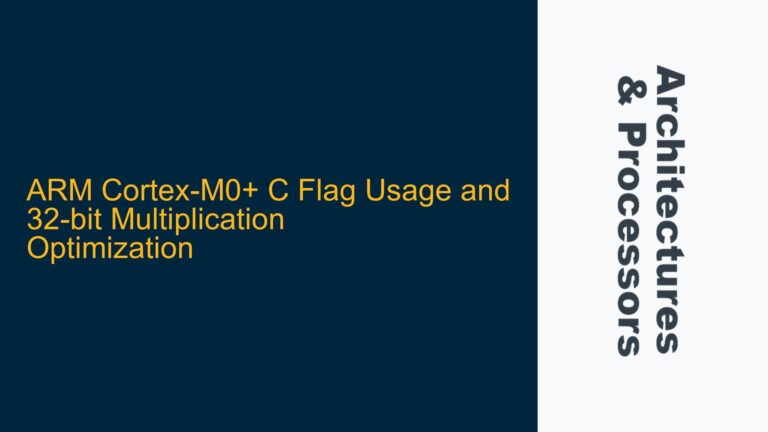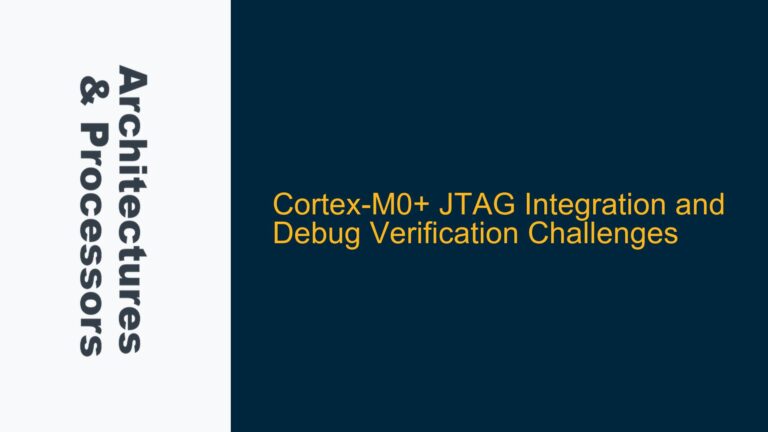ARM Cortex-M3 SPIFI Flash Programming Timeout Error
The issue at hand involves the LPC1850 microcontroller, which is interfaced with the S25FL256 SPI flash memory via the SPIFI (Serial Peripheral Interface Flash Interface) peripheral. The primary symptom is a flash programming timeout error when attempting to program the S25FL256 flash memory using the ULINK2 debugger in Keil µVision. The error message indicates a failure in the flash download process, specifically stating "Flash timeout – Reset the target and try again" and "Error: Flash download failed – ‘Cortex M3’". This suggests that the debugger is unable to successfully program the external SPI flash memory within the expected time frame.
The LPC1850 microcontroller is based on the ARM Cortex-M3 architecture, which includes the SPIFI peripheral designed to interface with external SPI flash memories. The SPIFI peripheral allows the microcontroller to execute code directly from the external SPI flash, effectively treating it as part of the memory map. The S25FL256 is a 32MB SPI flash memory, and the SPIFI interface is configured to access this memory starting at address 0x14000000.
The user has attempted to create a custom flash algorithm for the S25FL256 by modifying the existing LPC18xx43xx_S25FL032 flash algorithm provided by Keil. The custom flash algorithm includes modifications to the FlashDev.c file, where the flash device structure is defined. The structure specifies parameters such as the device name, type, start address, size, page size, and sector sizes. The user has also generated a new .FLM file and selected this custom flash algorithm in the Keil settings.
Despite these efforts, the flash programming process fails with a timeout error. This indicates that the debugger is unable to communicate with the S25FL256 flash memory or that the flash memory is not responding as expected during the programming process. The issue could stem from several factors, including incorrect flash algorithm settings, SPIFI configuration issues, hardware connectivity problems, or timing mismatches between the LPC1850 and the S25FL256.
Incorrect Flash Algorithm Parameters and SPIFI Configuration
One of the primary causes of the flash programming timeout error is the possibility of incorrect parameters in the custom flash algorithm. The flash algorithm is responsible for translating high-level flash operations (such as erase, program, and verify) into low-level commands that the S25FL256 flash memory can understand. If the parameters in the FlashDev.c file do not match the actual characteristics of the S25FL256, the flash programming process will fail.
The FlashDevice structure in the FlashDev.c file defines several critical parameters, including the device start address, device size, page size, and sector sizes. In this case, the user has specified a device start address of 0x14000000, which corresponds to the SPIFI memory-mapped region. The device size is set to 0x02000000 (32MB), which matches the capacity of the S25FL256. However, the page size is set to 256 bytes, and the sector sizes are defined as 4KB and 64KB. These parameters must match the actual characteristics of the S25FL256 flash memory. If the page size or sector sizes are incorrect, the flash algorithm may send commands that the S25FL256 cannot process, leading to a timeout.
Another potential cause is the SPIFI configuration on the LPC1850. The SPIFI peripheral must be properly configured to communicate with the S25FL256 flash memory. This includes setting the correct clock speed, mode, and command sequences. The SPIFI peripheral supports several modes of operation, including single, dual, and quad SPI modes. The S25FL256 flash memory may require a specific mode or command sequence to be used during programming. If the SPIFI is not configured correctly, the LPC1850 may be unable to communicate with the S25FL256, resulting in a timeout error.
Additionally, the timing parameters in the FlashDevice structure, such as the program page timeout and erase sector timeout, must be set appropriately. If these timeouts are too short, the debugger may abort the programming process before the S25FL256 has completed the operation. Conversely, if the timeouts are too long, the debugger may wait indefinitely for a response that never comes.
Verifying Flash Algorithm Parameters and SPIFI Configuration
To resolve the flash programming timeout error, the first step is to verify the parameters in the custom flash algorithm. The FlashDevice structure in the FlashDev.c file should be carefully reviewed to ensure that all parameters match the specifications of the S25FL256 flash memory. This includes the device start address, device size, page size, sector sizes, and timing parameters. The page size should be set to the actual page size of the S25FL256, which is typically 256 bytes. The sector sizes should also match the actual sector sizes of the S25FL256, which may include 4KB and 64KB sectors.
Once the flash algorithm parameters have been verified, the next step is to check the SPIFI configuration on the LPC1850. The SPIFI peripheral should be configured to operate at a clock speed that is compatible with the S25FL256 flash memory. The clock speed can be adjusted in the SPIFI control register, and it should be set to a value that is within the maximum clock frequency specified by the S25FL256 datasheet. The SPIFI mode should also be set to match the mode required by the S25FL256. For example, if the S25FL256 requires quad SPI mode, the SPIFI should be configured accordingly.
The SPIFI command sequences should also be reviewed to ensure that they match the command sequences required by the S25FL256. The SPIFI peripheral supports several command sequences, including read, program, and erase commands. These commands must be configured to match the command set of the S25FL256. If the command sequences are incorrect, the SPIFI peripheral may send commands that the S25FL256 cannot process, leading to a timeout error.
In addition to verifying the flash algorithm parameters and SPIFI configuration, it is also important to check the hardware connectivity between the LPC1850 and the S25FL256. The SPI signals, including the clock, data, and chip select lines, should be properly connected and free from noise or interference. The SPI signals should be checked using an oscilloscope to ensure that they are within the specified voltage levels and timing requirements. If the SPI signals are not within the specified levels, the LPC1850 may be unable to communicate with the S25FL256, resulting in a timeout error.
Finally, the timing parameters in the FlashDevice structure should be adjusted to ensure that they are appropriate for the S25FL256 flash memory. The program page timeout and erase sector timeout should be set to values that are long enough to allow the S25FL256 to complete the operation but short enough to prevent the debugger from waiting indefinitely. The timing parameters can be adjusted based on the typical and maximum timing values specified in the S25FL256 datasheet.
By carefully verifying the flash algorithm parameters, SPIFI configuration, hardware connectivity, and timing parameters, the flash programming timeout error can be resolved. Once these issues have been addressed, the LPC1850 should be able to successfully program the S25FL256 flash memory using the ULINK2 debugger in Keil µVision.
